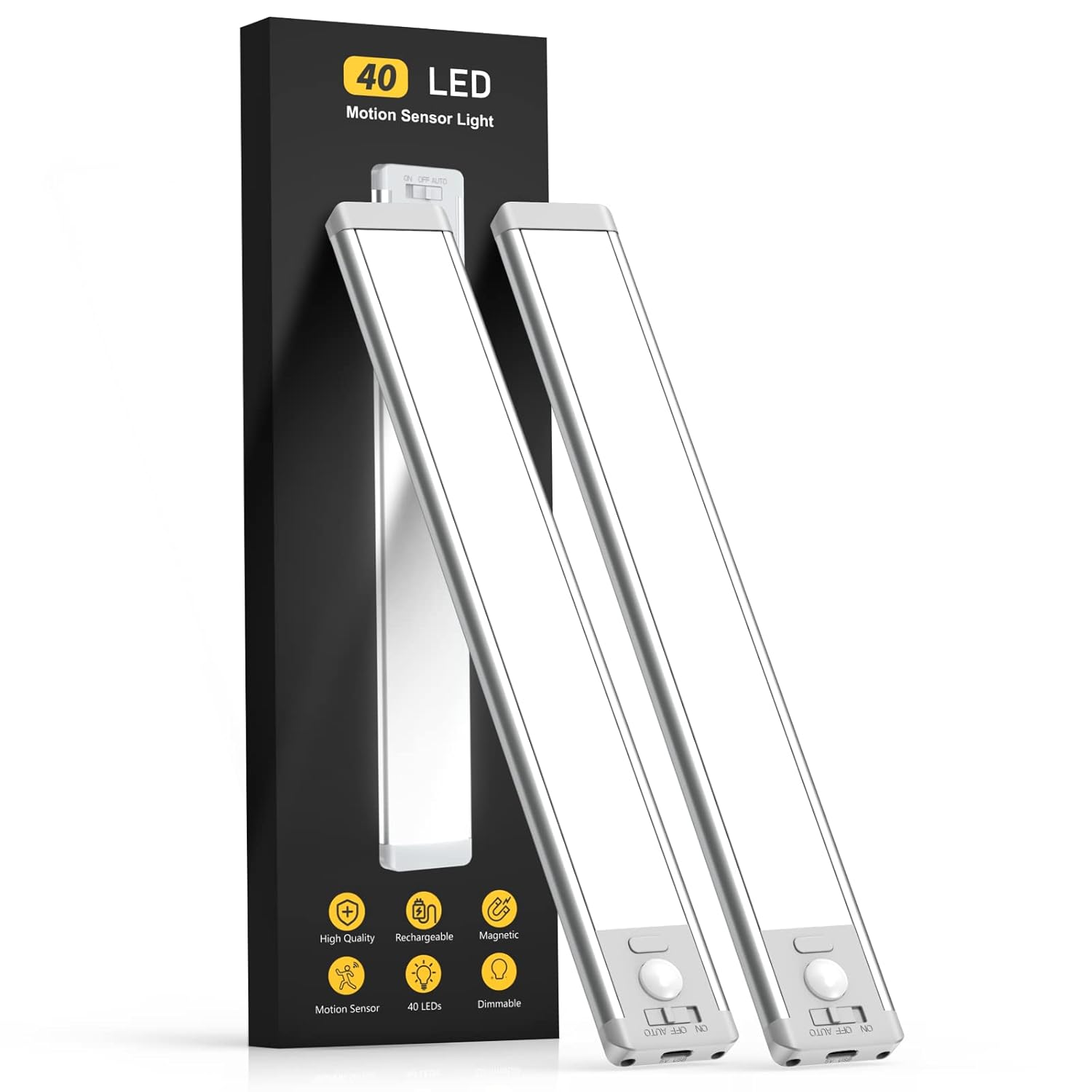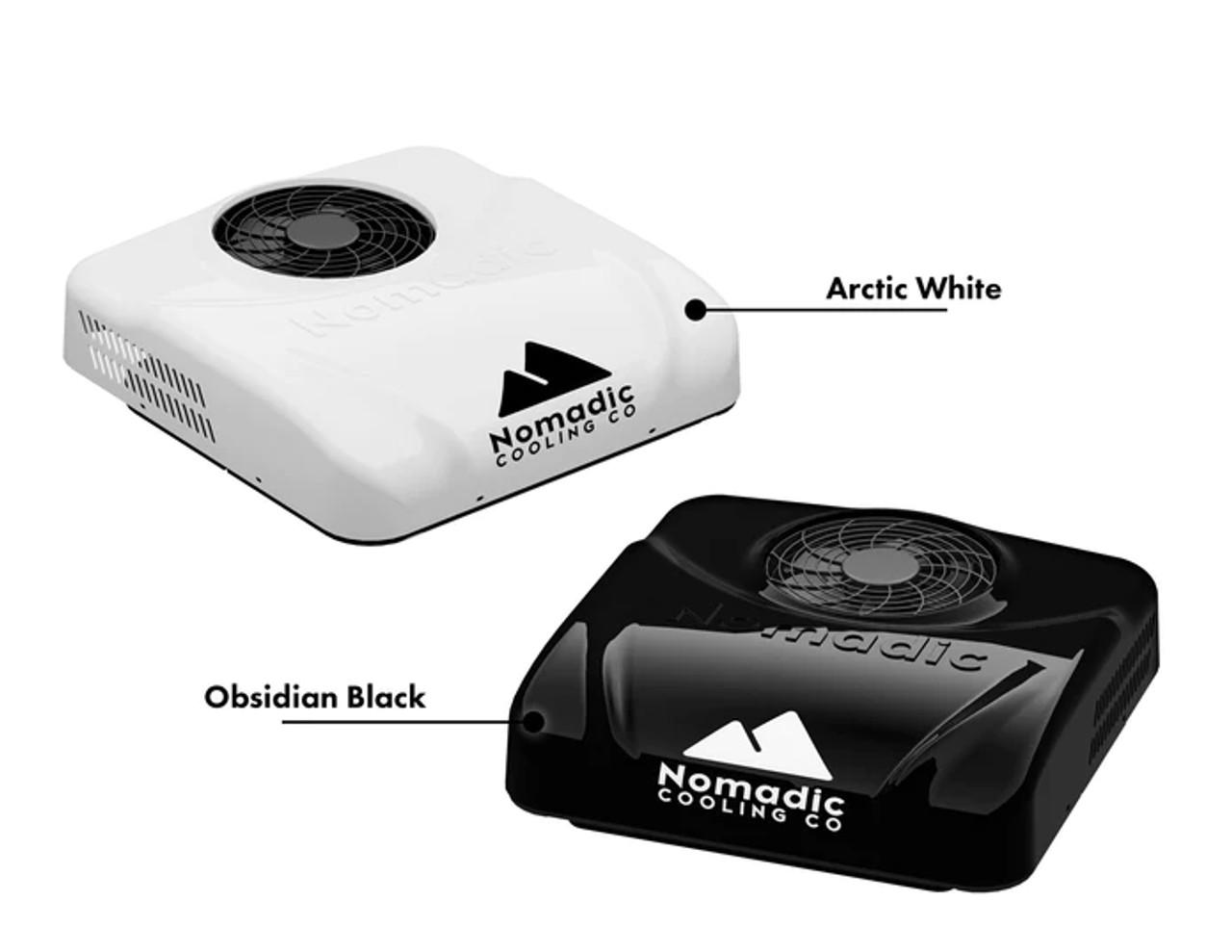🍳 RV Appliances & Cooking Gear: The Complete Guide
From 12V fridges to induction cooktops - choose, install, and maintain the right kit for life on the road.
🔎 Quick Navigation
📖 What to Look For
Power source: 12V DC, 120V AC, or propane. Match to your battery/inverter (or LP) system.
Efficiency: For fridges, compare daily draw (Ah/day). For cooking, compare watts/BTU and heat-up time.
Form factor & space: Built-in vs portable; measure cutouts, vents, and clearances.
Use case: Full-time vs weekend, boondocking vs shore power — duty cycle = best choice.
Lighting quality: 2700–4000K CCT & high CRI; confirm LED-dimmer compatibility.
Controls & safety: GFCI near sinks; correct outlet plate style; check IP ratings near splash zones.

📊 Popular Categories
| Category | Typical Power | Best For | Notes |
|---|---|---|---|
| 12V Compressor Fridges | 3–6A avg @12V | Boondocking, overlanding | Ensure ventilation & proper wiring |
| Induction Cooktops | 1,000–1,800W | Hookups or big inverters | Fast/safe; watch startup surge |
| Propane Stoves/Ovens | LP fuel | Any rig with propane | No inverter load; ventilate well |
| Range Hoods & 12V Vent Fans | 1–3A @12V | All rigs | Controls heat/smoke/moisture; helps A/C |
| Air Conditioning (Roof/DC/Portable) | 500W–1,800W+ | Hot climates, full-time | BTU sizing; inverter/DC units save power |
| Lighting (LED 12V/120V) | 2–15W/fixture | Task & ambient | Match CCT/CRI; dimmer compatibility |
| Kitchenware & Small Appliances | 100–1,500W | Daily meal prep | Check inverter/generator limits |
| Electrical Outlet Covers & Plates | N/A | Wet areas & finish | GFCI where needed; correct style/box depth |
🔌 Power & Sizing (Quick Math)
DC draw: Ah/day ≈ Avg Amps × Hours ON per day.
Inverter: Continuous ≥ 125% of rated watts; verify surge spec.
Generator: Sum concurrent AC loads + 20–30% headroom.
💡 Lighting & Power Accessories

Lighting
- Color & CRI: 2700–3000K warm; 3500–4000K crisp; CRI>90 shows food accurately.
- Dimming: LED-rated dimmers; confirm PWM/voltage for 12V fixtures.
- Placement: Under-cabinet for tasks; ceiling for ambient; spot over cooktops.
- 12V vs 120V: 12V = efficient off-grid; 120V = easy on hookups.
Electrical Outlet Covers & Plates
- Style & fit: Duplex vs Decora; check shallow boxes.
- Protection: GFCI near sinks; splash-resistant/gasketed covers for wet zones.
- USB/PD: Add USB-C/PD outlets; confirm circuit load.
- Finish: Easy-clean surfaces for splatter zones.
❄️ Air Conditioning (Roof, DC, Portable)
- BTU sizing: Match BTU to volume/insulation; oversize short-cycles.
- Power type: Inverter 120V for hookups; 12/24V DC for off-grid.
- Startup surge: Soft-start modules reduce inverter/generator strain.
- Airflow: Keep returns/ducts clear; use vent fans to dump cooking heat.
- Install: Follow cutout specs; seal penetrations; isolate vibration.

🍽️ Kitchenware & Small Appliances

- Draws: Kettles/coffee 800–1,500W; toasters 700–1,200W; blenders 300–1,000W.
- Storage: Nesting cookware; latching lids; non-slip mats.
- Induction: Magnetic cookware; flat bottoms for even heating.
- Low-power: Manual grinders, pour-over, insulated cookware.
🧰 Installation Basics
12V Appliances
- Correct wire gauge for run/current; keep voltage drop < 3%.
- Fuse within 7–12 inches of battery/bus per spec.
- Ventilation around compressors/electronics.
120V Appliances
- GFCI where required; secure cords; avoid overloaded shared circuits.
- Verify inverter waveform/sizing; some units dislike MSW.
Propane Units
- Leak test fittings; use LP-rated sealant.
- Maintain clearances; don’t block flues; install CO/LP detectors.
🛡️ Safety & Ventilation
- Install CO & LP gas detectors; test monthly.
- Use magnetic-base cookware for induction.
- Keep combustibles away from burners and vents.
- Secure appliances and cookware before travel.
🧽 Care & Maintenance
- Fridges: clean condenser fins; defrost as needed; keep level if absorber type.
- Cooktops: clean filters/hoods to maintain airflow.
- Propane: annual leak check; replace brittle hoses; verify regulator output.
- Electrical: inspect terminals for heat/discoloration; retorque lugs.
🧩 Troubleshooting Quick-Hits
| Symptom | Likely Cause | Try This |
|---|---|---|
| Induction trips inverter | Surge exceeds inverter rating | Lower power; stagger loads; upsize inverter/generator |
| 12V fridge warm | Poor ventilation or voltage drop | Improve airflow; thicker wire; check connectors/fuse |
| Propane flame yellow | Insufficient air or dirty orifice | Clean burner; set air shutter; check regulator pressure |
| Lights flicker / won’t dim | Non-LED dimmer or voltage drop | LED-rated dimmer; shorten runs/increase gauge |
| GFCI trips near sink | Moisture or shared neutrals | Dry/replace device; separate neutrals; check load balance |
| A/C short-cycles | Oversized unit or airflow restriction | Improve return/ducting; consider lower-BTU/inverter unit |
| Outlet cover doesn’t fit | Wrong device style or shallow box | Match plate/device; low-profile device or box extender |
🏷️ Browse by Brand
❓ FAQs
Can I run an induction cooktop off batteries?
Yes, with a sufficiently sized inverter and battery bank. Expect ~80–150A DC draw at 12V for 1,000–1,800W at higher settings.
12V fridge vs. 3-way — which is better?
12V compressor fridges are most efficient and tolerate off-level parking. 3-way absorption excels on propane but requires level and ventilation.
Do I need special cookware for induction?
Yes — magnetic bottoms. If a magnet sticks well, it will work.
What wire gauge for a 12V fridge?
Size for <3% voltage drop at run length and max current. Many installs use 10–12 AWG; calculate for your exact run.
